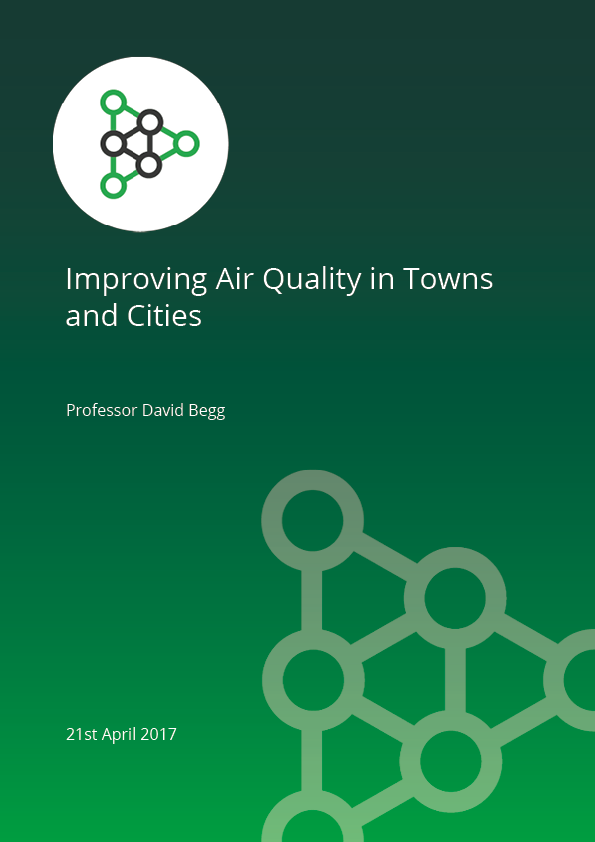The Government will announce its new clean air strategy imminently. In response to the successful High Court challenge it will be tougher and geographically more comprehensive than previous policies. This is justified. The evidence is compelling about the harm to people’s health and premature deaths from NOx emissions.
This report by Professor David Begg shows that there is an optimistic and a pessimistic scenario for the future health and prosperity of our cities resulting from the introduction of Clean Air Zones (CAZs). The outcome depends on the framework set by Government and how CAZs are implemented by local authorities.
In the optimistic scenario, our town and city centres become more pleasant places to shop, work and socialise, with clean air, safe streets, priority for pedestrians and cyclists, and fast, efficient and affordable bus services. Bus is recognised as an integral part of the solution. CAZs are part of a wider urban and national strategy to tackle both air quality and congestion.
In the pessimistic scenario air quality targets are not met and our towns and cities suffer from increasing levels of congestion. Buses are viewed as a problem and not part of the solution. The downward spiral caused by congestion which has already resulted in 10% fewer bus passengers every decade accelerates. Those without a car, many on low income, are severely disadvantaged and marginalised.

